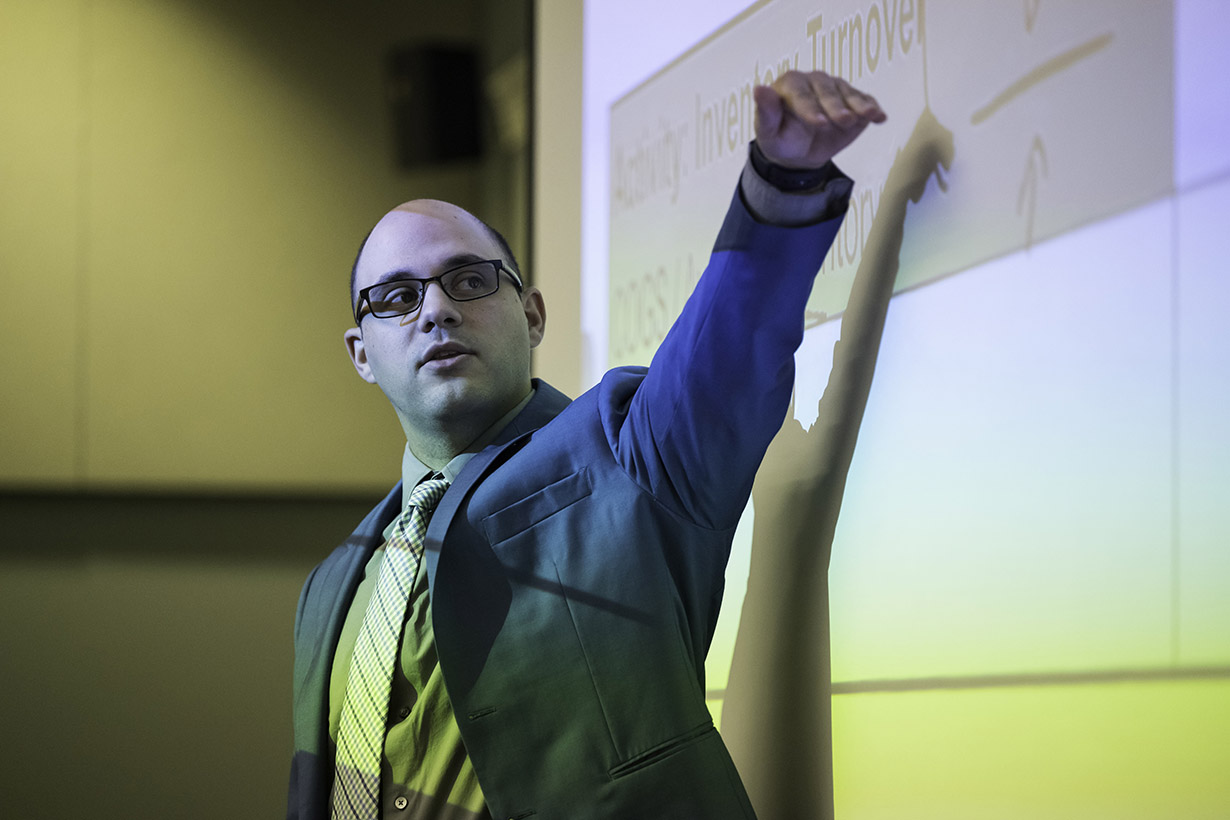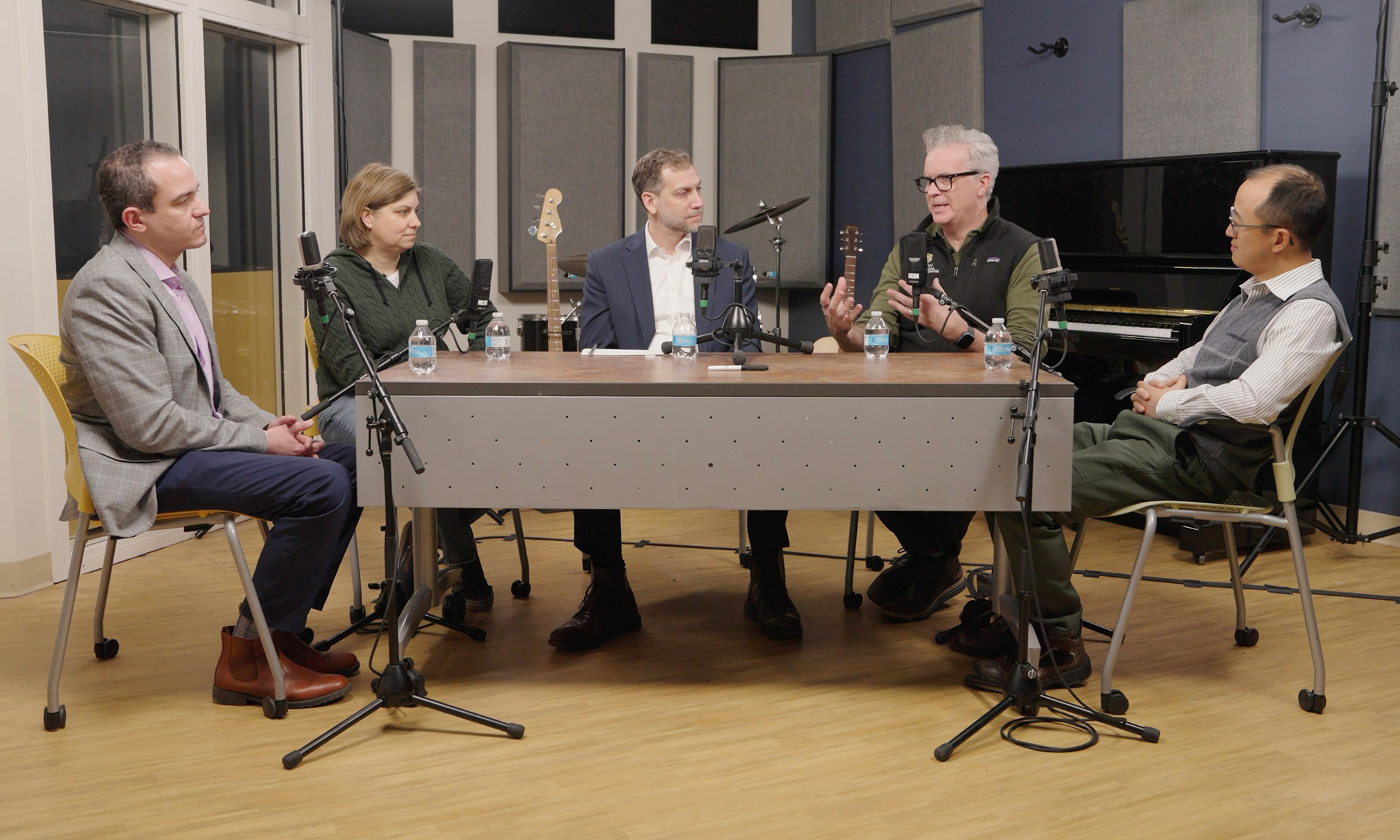Elite firms’ notorious ‘revolving door’ culture isn’t arbitrary but a rational way to signal talent and boost profits, a new study finds.
Why do the world’s most prestigious firms—such as McKinsey, Goldman Sachs and other elite consulting giants, investment banks, and law practices—hire the brightest talents, train them intensively, and then, after a few years, send many of them packing? A recent study in the American Economic Review concludes that so-called adverse selection is not a flaw but rather a sign that the system is working precisely as intended.
Two financial economists, from the University of Rochester and the University of Wisconsin–Madison respectively, created a model that explains how reputation, information, and retention interact in professions where skill is essential and performance is both visible and attributable to a specific person, particularly in fields such as law, consulting, fund asset management, auditing, and architecture. They argue that much of the professional services world operates through “intermediaries”—firms that both hire employees (also referred to as “agents” or “managers”) and market their expertise to clients—because clients can’t themselves easily judge a worker’s ability from the outset.
“Identifying skilled professionals is critical yet presents a major challenge for clients,” the researchers write. “Some of the firm’s employees are high-quality managers,” says coauthor Ron Kaniel, the Jay S. and Jeanne P. Benet Professor of Finance at the University’s Simon Business School, “but the firm is paying them less than their actual quality, because initially the employees don’t have a credible way of convincing the outside world that they are high-quality.”
‘Churning’ to boost reputation
At the start of an employee’s career, the firm has an advantage, Kaniel and his coauthor Dmitry Orlov contend, because the firm (“the mediator”) can assess an employee’s talent more accurately than outside clients can. During what the authors call “quiet periods,” the firm keeps those who perform adequately and pays them standard wages.
Over time, however, an employee’s public performance—measured by successful cases, profitable investments, or well-executed projects—reduces the firm’s informational advantage. As the informational gap shrinks, the firm needs to pay some employees more because clients are now able to observe an employee’s good performance and hence update their beliefs about the employee’s skills.
“At some point, the informational advantage becomes fairly small,” says Kaniel, “and the firm says, ‘Well, I will basically start to churn. I will let go of some employees, and by doing that, I can actually extract more from the remaining ones.’”
Ironically, to the client these churned—or strategically fired—employees look just as good as the ones whom the firm kept. Churning happens not because these employees have failed but because they may be just somewhat lower-skilled than their peers. Subsequently, churning heightens both the reputation of the firm and of the employees who remain.
A paradoxical equilibrium
Somewhat counterintuitively, the researchers show that churning can benefit both sides. Workers who stay on with an elite firm accept lower pay in the short run as the tradeoff for building a stronger reputation for themselves. When these workers eventually leave the elite firms, they can command higher fees directly from clients.
As a result of the churning, the informational gap between firm and client keeps shrinking because the client catches up to what the firm knows about its workers and which ones it values most. At first glance, the duo argues, the firm’s reduced informational advantage should now cause a further drop in profits. But here comes the strategic twist: The firm starts to underpay those better workers who kept their jobs, akin to making them pay for being “chosen.” Consequently, profits do not decline and may even increase.
“Firms now essentially can threaten the remaining employees: ‘Look, I can let you go, and everybody’s going to think that you’re the worst in the pool. If you want me not to let you go, you need to accept below market wages,’” says Kaniel.
The result is a paradoxical but stable equilibrium. Workers accept being underpaid temporarily because remaining at a top firm serves as a signal to the market about their elite status. It also helps explain why prestigious employers can attract ambitious newcomers despite grueling hours and relatively modest starting pay.
Meanwhile, those who are let go aren’t failures—rather, their exit is part of a system that signals who’s truly top-tier, the researchers argue. In fact, fired workers often find success on their own because potential clients interpret a person’s prior affiliation with a top firm as proof of the worker’s strong ability and qualifications.
In short, the “up-or-out” path of professional life may not just be a cultural phenomenon among top professional service firms but also an efficient response to how reputation is maintained and information flows. What looks like a ruthless system of constant turnover, the researchers argue, is in reality a finely tuned mechanism that helps the market discover and reward true talent.






